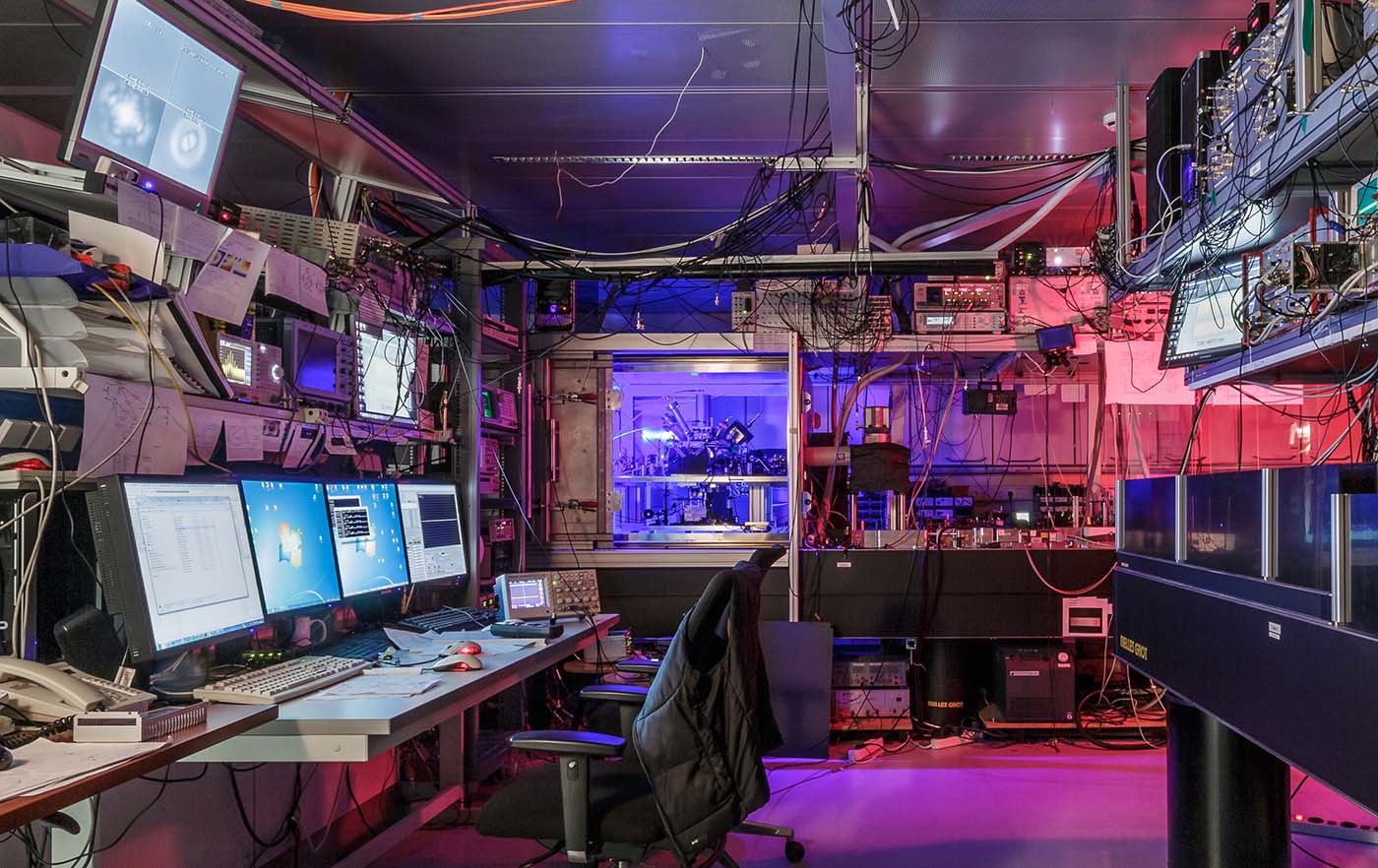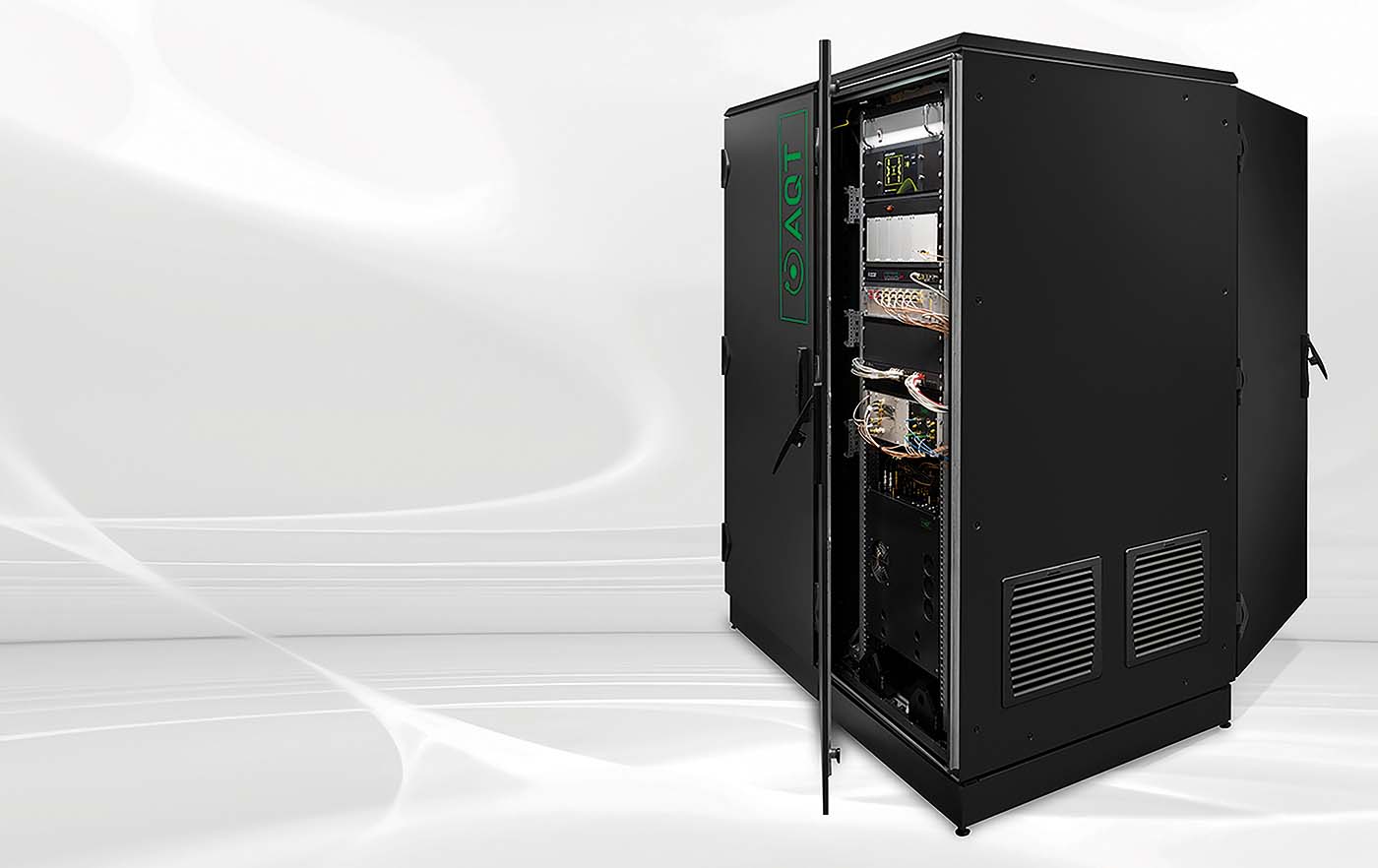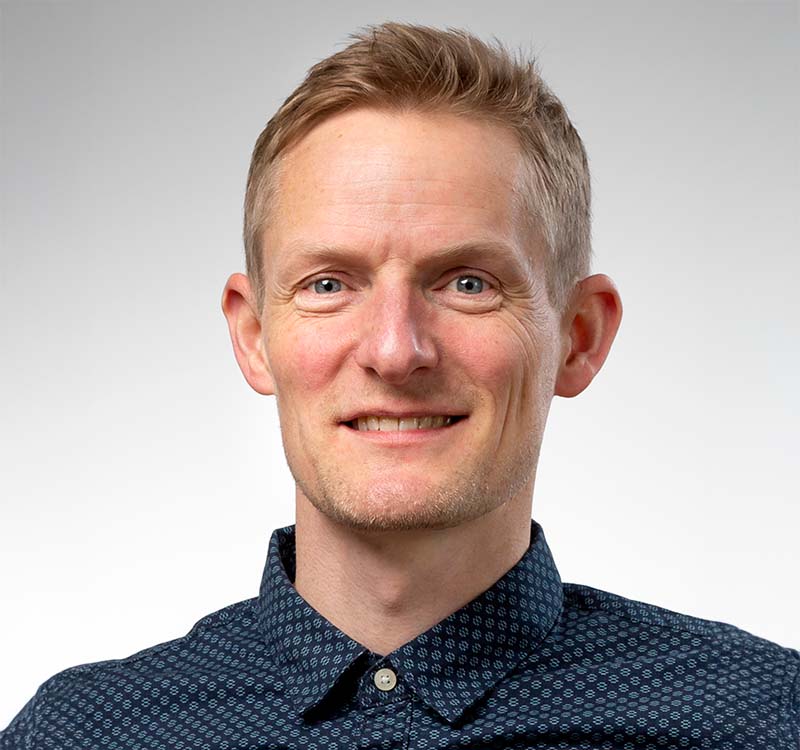From the Lab to the Data Center
In 2018, AQT set out to transform a quantum computer located in a laboratory at the University of Innsbruck into a compact and robust system housed in an ordinary 19-inch rack. Now, seven years later, we look back and take stock.


© Photocredits: IQOQI / M. R. Knabl, Dieter Kühl, AQT
In recent decades, Innsbruck, a city surrounded by the majestic Alps, has become a hotspot for quantum technology. A big part of this story is AQT – a company commercializing cutting-edge quantum computer systems that have emerged from fundamental research in university laboratories. However, the path from science to industrial application is full of challenges. AQT shows how it can be done: The company is producing a market-ready quantum product in the heart of Europe. This statement sheds light on the development of a trapped-ion quantum computer, the challenges for young high-tech companies in Innsbruck, and AQT’s industrialization journey.

At that time, the first priority was to recreate a state-of-the-art ion trap quantum computer laboratory experiment in a standard 19-inch rack. The second priority focused on enhancing the entire system stability to support operation in non-laboratory environments. At the same time, the system was designed from the outset with ease of maintenance and cost reduction in mind.

We successfully adapted our suppliers’ solutions for seamless integration into a standard 19-inch rack. Performance testing confirmed that operation within the rack meets all expectations without compromise. These results paved the way for deploying the entire device in a sleek, industry-standard rack design—combining efficiency, reliability, and scalability. Initially, there were many obstacles to overcome that are not unusual for a technical start-up, such as procuring the hardware in time and setting up the production capacity. In terms of operating the ion trap and the necessary quantum optics hardware, the biggest challenge was getting the lasers – especially the qubit laser – to work with the required accuracy and precision outside of a temperature-controlled laboratory.

A quantum computer based on trapped ions is a complex machine that relies and depends on the cooperation of various technical components. First of all, there is the ion trap, which stores the ions that carry the qubits of the quantum computer. The qubits of the quantum computer are encoded in the electronic states of individual ions, which are stored in an ion trap. This unit forms the heart of the system and is housed in a vacuum chamber that shields the ions from environmental influences. Further measures to protect the system from the environment include magnetic shielding and active vibration isolation. In addition, the ionic qubits require an extremely stable magnetic background field. This so-called quantization field must be highly uniform and is provided by a special arrangement of temperature-stabilized permanent magnets within the magnetic shielding.
The quantum computer performs calculations on the qubits by performing operations that alter their state individually or depending on the state of other qubits in the computer. These operations are called quantum gates and are performed by applying laser pulses with extremely precise and controlled frequency and duration. In order to achieve the required accuracy and precision of the laser frequency, the lasers are stabilized by feedback to external references. These references are either spectroscopy cells or optical reference cavities. In addition, there are numerous signal generators and amplifiers that enable precise amplitude control and switching of the laser light.
Many of these different devices are controlled and orchestrated by our bespoke in-house control software. The stack of this software consists of several layers. The bottom layer is the direct interface to the hardware. The intermediate layers are responsible for calibrating and aligning the various parameters of the system to ensure stable and reliable operation. This is also where the translation of a series of quantum gates, the so-called quantum circuits, into the pulses of the lasers and high-frequency generators takes place. The top layer consists of an interface that receives these quantum circuits from the outside. It is also closely linked to our cloud provider, which provides the customer interface including billing and user management.

The complete quantum computer can be hosted and operated outside a typical laboratory environment such as a data center or an office with a standard air conditioning system. The power consumption is around 2 kW, which is comparable to that of a kettle.

The short-term goal is to improve key performance indicators such as increasing the number of qubits and improving gate fidelity while maintaining the connectivity between qubits. In the long term, AQT is determined to realize a scalable architecture for quantum computing with trapped ions.
Georg got his PhD from the University of Mainz on ion implantation and transmission microscopy with nanometer resolution using a deterministic ion source.

